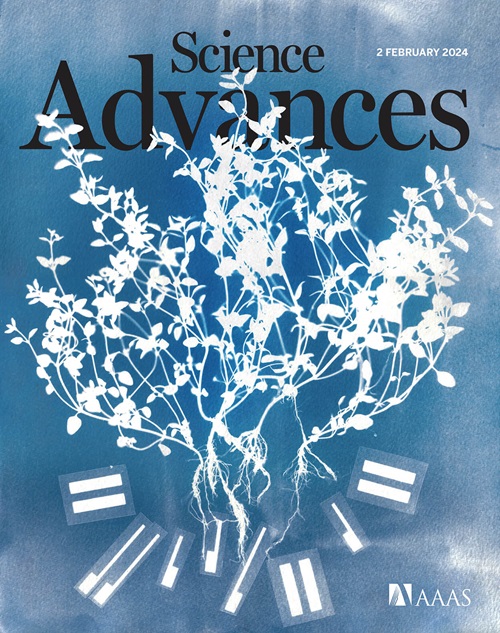Artificial biomarker-based feedback-regulated personalized and precise thrombolysis with lower hemorrhagic risk
IF 11.7
1区 综合性期刊
Q1 MULTIDISCIPLINARY SCIENCES
引用次数: 0
Abstract
The body weight–based thrombolytic medication strategy in clinical trials shows critical defects in recanalization rate and post-thrombolysis hemorrhage. Methods for perceiving thrombi heterogeneity of thrombolysis resistance is urgently needed for precise thrombolysis. Here, we revealed the relationship between the thrombin heterogeneity and the thrombolysis resistance in thrombi and created an artificial biomarker-based nano-patrol system with robotic functional logic to perceive and report the thrombolysis resistance of thrombi. The nano-patrols are contrallable and are able to accomplish thrombolysis resistance-matched personalized and precise therapy according to the feedback signal from artificial biomarkers. This nano-patrol system depicted more enhanced thrombolytic efficiency (elevated by 25%) than alteplase for mini pig model and clinical thrombi and achieved recanalization in thrombotic model where alteplase encountered failure. Moreover, the nano-patrol remarkably reduced the infarct volume and the hemorrhagic transformation risk (0.12-fold of alteplase) of cerebral thrombosis. Therefore, we developed a unique tool for diagnosing thrombolysis resistance and achieving personalized and precise thrombolysis.

基于生物标志物的人工反馈调节个体化精准溶栓,降低出血风险
临床试验中以体重为基础的溶栓用药策略在再通率和溶栓后出血方面存在严重缺陷。精确溶栓迫切需要检测溶栓阻力的血栓异质性的方法。在这里,我们揭示了凝血酶异质性与血栓中溶栓阻力之间的关系,并创建了一个基于生物标志物的人工纳米巡逻系统,该系统具有机器人功能逻辑,可以感知和报告血栓的溶栓阻力。纳米巡逻队是可控的,能够根据人工生物标志物的反馈信号完成与溶栓阻力匹配的个性化精确治疗。与阿替普酶相比,该纳米巡逻系统对迷你猪模型和临床血栓的溶栓效率提高了25%,并在阿替普酶失效的血栓模型中实现了再通。此外,纳米巡逻显著降低了脑血栓的梗死面积和出血转化风险(阿替普酶的0.12倍)。因此,我们开发了一种独特的工具来诊断溶栓抵抗并实现个性化和精确的溶栓。
本文章由计算机程序翻译,如有差异,请以英文原文为准。
求助全文
约1分钟内获得全文
求助全文
来源期刊

Science Advances
综合性期刊-综合性期刊
CiteScore
21.40
自引率
1.50%
发文量
1937
审稿时长
29 weeks
期刊介绍:
Science Advances, an open-access journal by AAAS, publishes impactful research in diverse scientific areas. It aims for fair, fast, and expert peer review, providing freely accessible research to readers. Led by distinguished scientists, the journal supports AAAS's mission by extending Science magazine's capacity to identify and promote significant advances. Evolving digital publishing technologies play a crucial role in advancing AAAS's global mission for science communication and benefitting humankind.
 求助内容:
求助内容: 应助结果提醒方式:
应助结果提醒方式:


